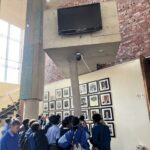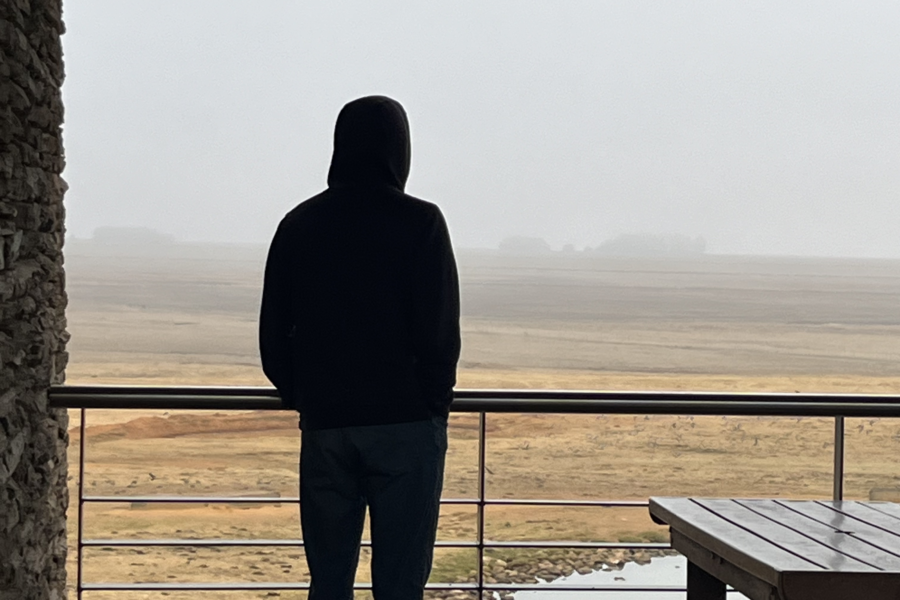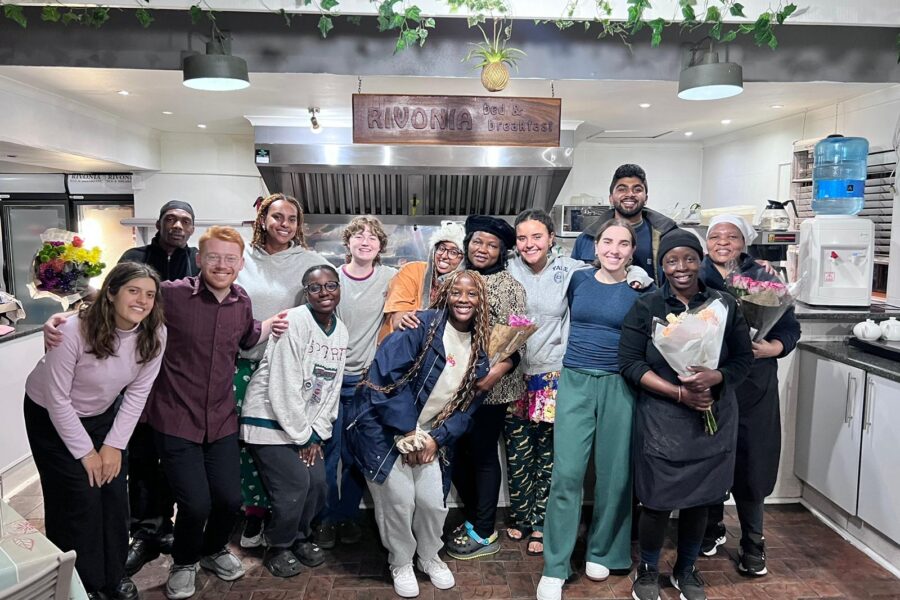I babysit a young 10-year-old girl back home. Ella is completely enamored with the concept of lions, big cats, and the safari. Upon telling her about this trip, she gave me comprehensive information about South African wildlife. “There aren’t tigers in Africa.” She said, a coy look in her eye that said; you should know better. She held me tight on our last visit and ordered me to “take photos.”
I came to South Africa with this child-like sense of wonder imprinted on me. Five days ago, when it came time to visit the safari park, I have to admit I was more than excited—I was ecstatic. This dream of hers, which I carried around like a backpack, could be filled with valuable photographs.
The first sight of an antelope was a moment of pure awe. The surreal bush environment embraced me, and a smile etched onto my face. A sea of natural beauty gathered around the park’s watering holes and hillsides, from zebras to rhinos and eventually predators. It was a transformative experience, a perfect photo opportunity. I eagerly reached for my phone, aiming it over and through the other heads in our travel van. For the next few hours, I was on a mission to capture these precious moments, the animals Ella and I had yearned to see.
After our drive had satisfied a comprehensive checklist of must-see animals, we walked around an animal rehabilitation center. Armed with one of the Canon cameras, I skipped to the cheetahs, jaguars, and lions, thinking of Ella.
I was so close to each of these majestic beasts. It was simple, capturing the ease and fullness of an animalistic lifestyle. This is how I viewed our visit—simple and satisfying, something I could remember forever.
Now that some time has passed, and I reflect on the photos I took for Ella, I realize a different narrative emerges through the lens—the same narrative Johnathan has begun to teach us in our photo lessons. There is more to a story than just telling it. There is more to a meaningful picture than a click.
My camera roll is filled with images of lions, tigers, and bears – sure. But, they exist in the blurred lens of my camera or remain distanced by chain-linked fences. My jaw doesn’t drop from its visual nostalgia. The vastness of the bush, that primal look in the Tiger’s eye—all of it disappears into a new foggy oblivion thanks to my shotty camera work.
I’m panicked. I think of a dissatisfied Ella looking at these images, craving more and wanting a fuller account of my adventure.
Now that it is time to start finalizing our group project topics and begin our production journey, these photos are a great example of my hesitations. Students have spent the past week researching and adapting our passions and experiences into the creative buds of our narrative film projects.
After this is settled, it’s go-time. It’s time to craft our epidemiological stories and report our singular creative vision to the world. It’s intimidating to know that our films could end up like these photos, burdened by chain-link fences or students’ heads, burdened by a lack of precision and truth.
Our cameras can flatten something living, complete, and beautiful. Suddenly, Jonathan’s lessons about motive, the golden ratio, or the Fibonacci spiral hit me. There is not only a wrong way to take a photo. A camera can tell an entire story inaccurately.
My camera roll now serves as a crucial reminder of the care it takes to translate an experience visually. As we embark upon our newest and most important journeys in this class, I remind myself that I can’t just learn about developing a visual approach to Global Health. If I want my work to have meaning, I want my camera to capture visual approaches to truth, resilience, and joy. I want my storytelling to be just. No more pointing and shooting – it’s time to get serious.
The next time I see a lion, I’ll aim my lens towards its heart. You hear that, Ella?









Georgie I am absolutely obsessed with this blog post